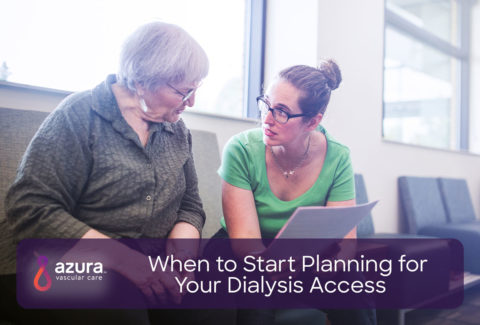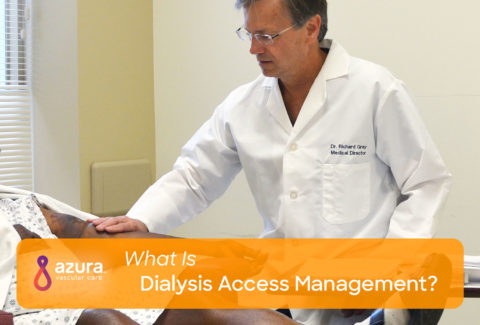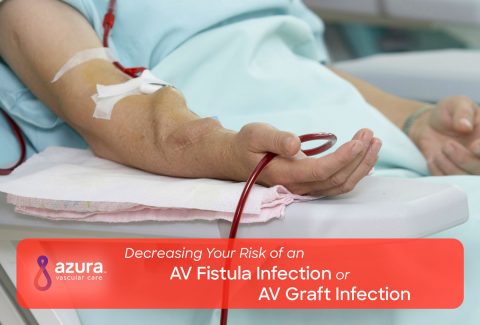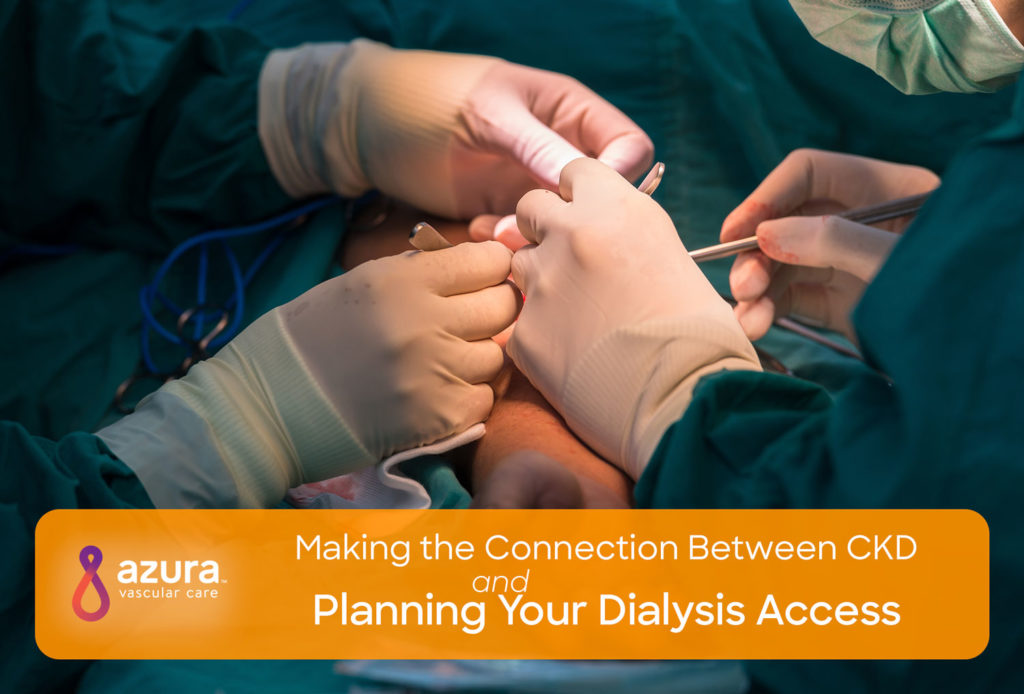
March is commonly known for celebrating St. Patrick’s Day, March Madness and the first day of spring. It is also a time to raise awareness about kidney health and is National Kidney Month.
Did you know that an estimated 30 million American adults unknowingly have chronic kidney disease (CKD) and millions of others are at an increased risk? 1 Kidneys play a vital role in keeping our bodies strong and healthy. With March being National Kidney Month, it’s an opportunity to increase public awareness about the importance of kidney disease prevention and early detection. Read on to learn more.
Why are kidneys so important?
Kidneys are the body’s filtration system, cleaning wastes and extra fluids from our blood. Healthy kidneys filter about a half cup of blood every minute, removing wastes and extra water. Our kidneys maintain a healthy balance of water, salts and minerals to help nerves, muscles, and tissues to function properly. Kidneys also produce hormones that help control blood pressure and keep our bones strong and healthy.
What is Chronic Kidney Disease?
Chronic Kidney Disease (CKD) is a slow, permanent loss of kidney function overtime which can lead to waste buildup, high blood pressure, anemia, weak bones, poor nutritional health and nerve damage.
Some known causes of CKD include:
- Diabetes
- High blood pressure
- Family history of kidney disease
- Age — being over 65 years of age
What are the symptoms of Chronic Kidney Disease?
Most people with CKD may not experience major symptoms in the early stages, however, some symptoms you may notice are:
- Fatigue
- Difficulty concentrating
- Trouble sleeping
- Muscle cramping
- Swollen feet and ankles
- Increased urination
The more advanced CKD symptoms include chest pain, dry skin, headaches, shortness of breath, loss of appetite and weight loss.
What are the stages of Chronic Kidney Disease?
There are 5 stages of CKD:
- Stage 1: Kidney damage with normal kidney function
- Stage 2: Mild loss of kidney function
- Stage 3a: Mild to moderate loss of kidney function
- Stage 3b: Moderate to severe loss of kidney function
- Stage 4: Severe loss of kidney function
- Stage 5: Kidney failure and need for dialysis
What happens with Stage 5 CKD?
Stage 5 CKD, also known as end-stage renal disease (ESRD), is the end stage of kidney function. At this advanced stage, your kidneys have lost the ability to keep your body healthy and chemically balanced. Eventually dialysis or a kidney transplant is needed to live.
Symptoms of Stage 5 CKD include fatigue, loss of appetite, nausea, vomiting, headaches, difficulty concentrating, swelling of the hands/legs/eyes/lower back or lower back pain.
At this point, if you haven’t already decided on the ESRD treatment and type of dialysis access that best suits your needs, be sure to discuss your options with your doctor so you can make an informed decision when the time comes.
When is the best time to start planning for a dialysis access?
Stage 3 CKD is considered early stage, but you should get a referral to a nephrologist (kidney doctor) and begin to have regular meetings to discuss changes in your lab values and monitor any symptoms you may be experiencing.
If you are in stage 4, late stage CKD, you should begin planning for your dialysis access care by learning about different kidney failure treatment options. Choose the one that’s best for you and start preparing. You should also have a plan to get your dialysis access placed before reaching stage 5.
Types of Dialysis Accesses
The four types of dialysis accesses are:
- Central venous catheter (CVC)
- Arteriovenous fistula (AV fistula)
- Arteriovenous graft (AV graft)
- Peritoneal dialysis catheter (PD Catheter)
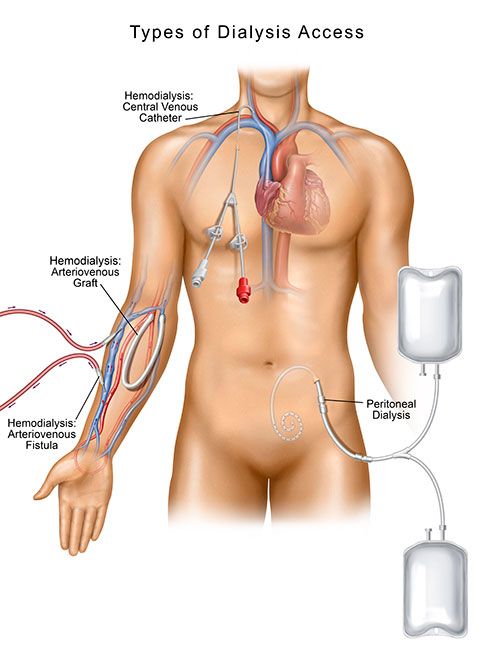
Central Venous Catheter: A CVC is a “Y”-shaped plastic tube placed under the skin of your neck, into your chest. The “stem” of the catheter rests in your heart. The two ends of the “Y” remain external through the skin of your chest. Catheters can be used for dialysis immediately after placement and are designed for temporary, short-term use–weeks to months only. They are not the best long-term option for dialysis because of the higher risk of infection and damage to central veins when compared with other dialysis access types.
Arteriovenous Fistula: An AV fistula is a surgical connection between an artery and a vein. Fistulas are the preferred access for long term dialysis because they last longer, are less prone to infections and clotting, provide better blood flow and are known for reliable, predictable performance. A fistula is created under the skin during an outpatient procedure and is usually ready for initial use approximately four months after placement.
Arteriovenous Graft: An AV graft is a soft synthetic tube implanted under the skin to make the connection between an artery to a vein. AV grafts can be used repeatedly for needle placement but are more prone to infections and clotting compared to fistulas. Grafts are typically used in patients with smaller veins that will not properly develop into a functioning fistula. AV grafts can be used after approximately two to three weeks after placement.
Peritoneal Dialysis Catheter: A PD catheter is a flexible plastic tube through which dialysis solution enters the abdominal cavity, dwells inside the cavity for a prescribed amount of time, and then drains into a collection bag. PD catheter placement is considered a minor procedure, and complications are rare.
What you can do for kidney health
- Get tested
- Glomerular Filtration Rate (GFR) is an indicator of how well your kidneys are working to remove waste
- Urine albumin-to-creatinine ratio estimates the amount of albumin, or protein, excreted in your urine (there is no protein in the urine of people without kidney disease)
- Reduce your use of non-steroidal anti-inflammatory (NSAIDs) such as Advil®, Aleve®, Motrin®, ibuprofen, or naproxen
- Eliminate processed foods from your diet
- Exercise regularly
- Control your blood pressure and blood sugar
National Kidney Month and World Kidney Day
Along with National Kidney Month, March 14th is World Kidney Day. These are two great opportunities to spread awareness across the country and around the world about chronic kidney disease and the importance of good kidney health and early detection of disease.
Early detection of kidney disease is important in preventing the progression from kidney disease to kidney failure. The sooner you know you have kidney disease, the better. Some ways to manage your kidney disease are to control your blood pressure, take medication as prescribed, develop a proper meal plan, and stop smoking.
Sources:
(i) https://www.kidney.org/news
